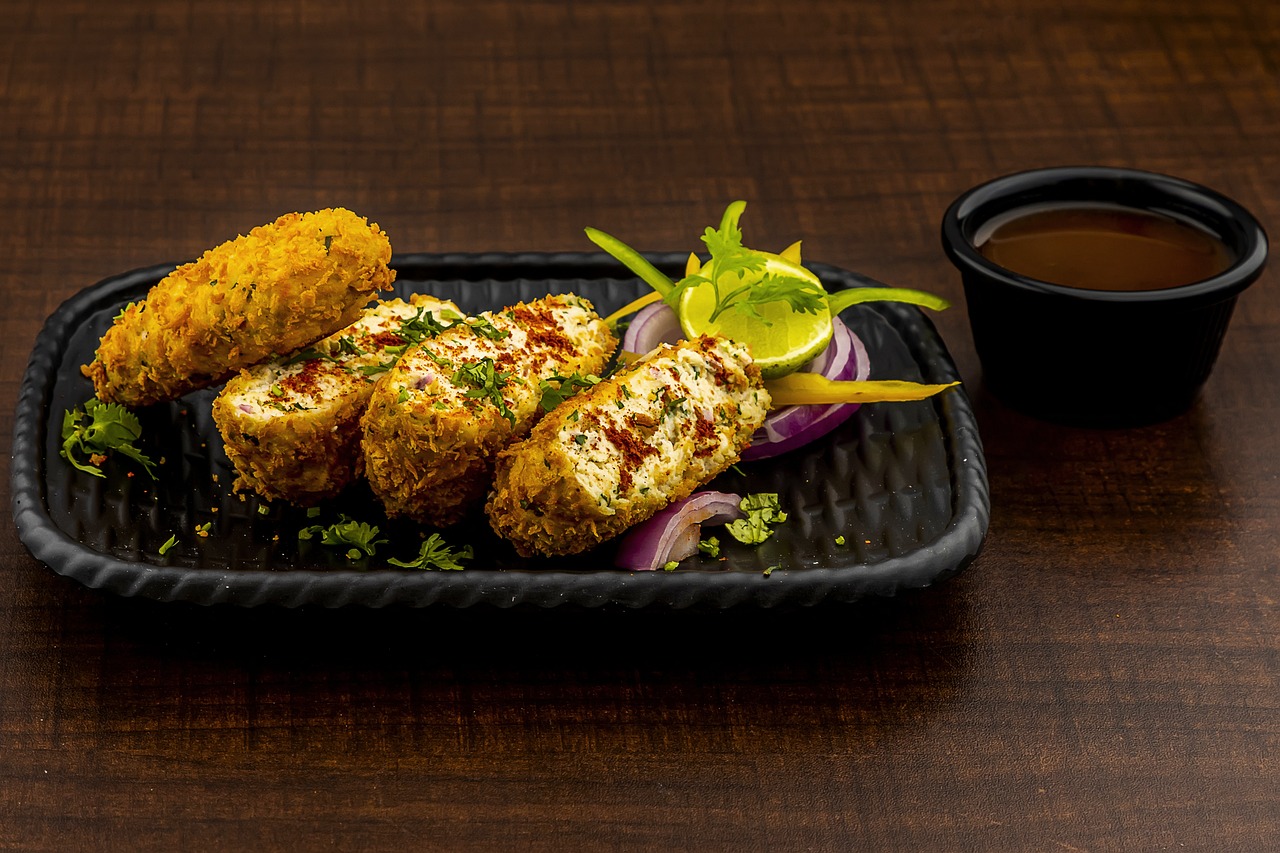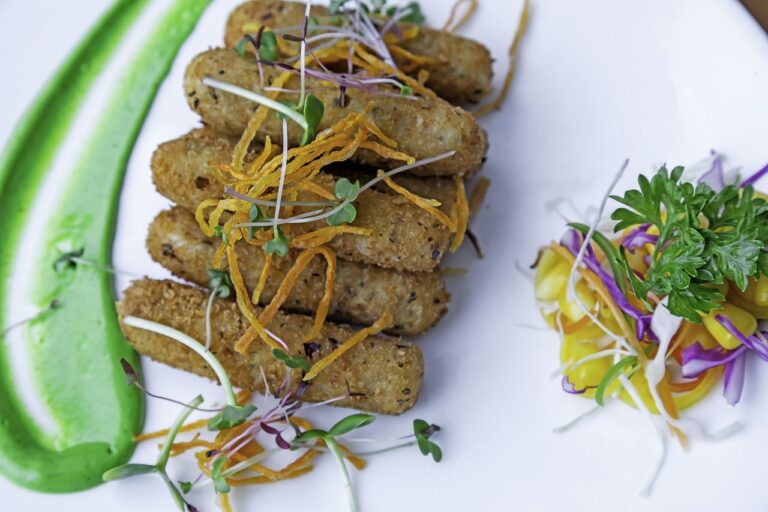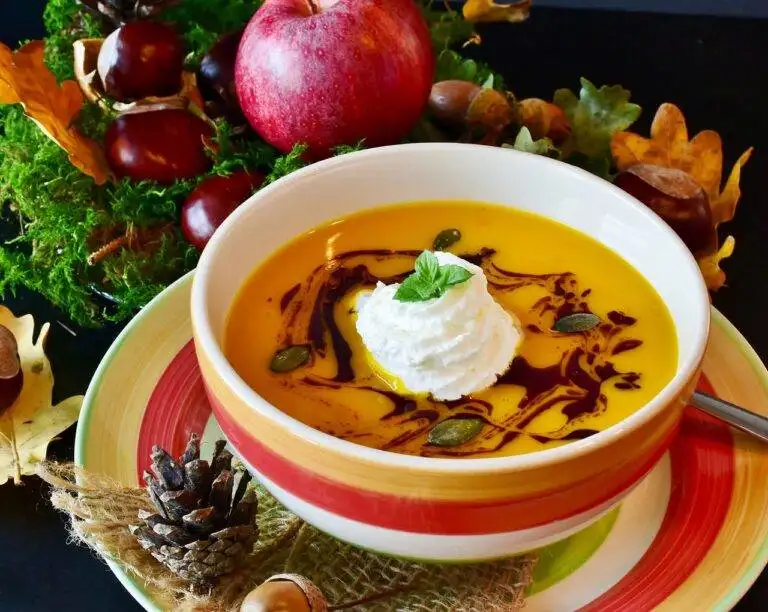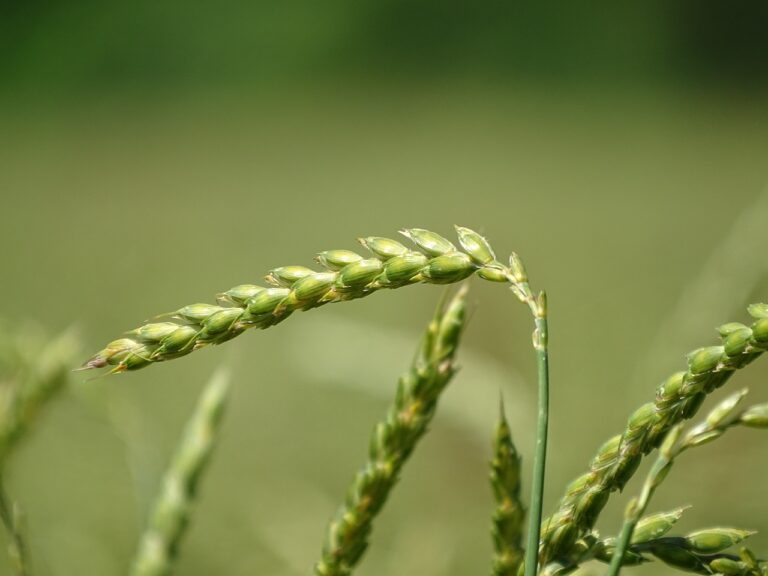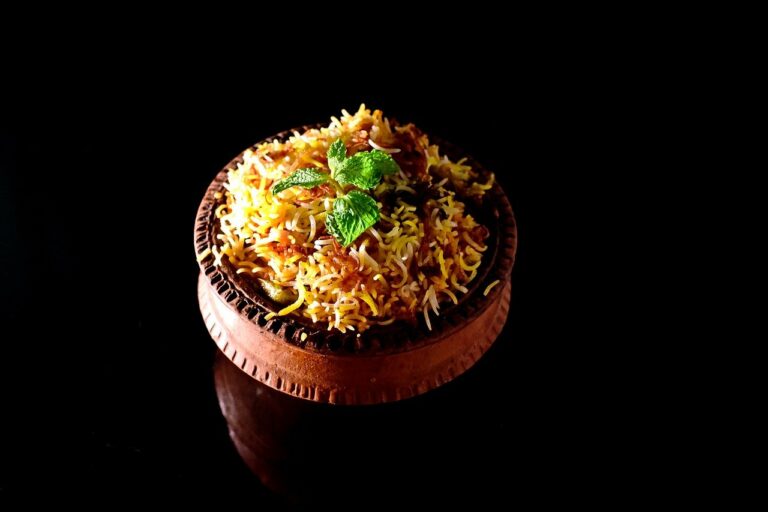Food and Identity: How Cultural Background Influences Culinary Preferences
Food plays a crucial role in shaping a culture’s identity and heritage. Through centuries of migration, conquests, and trade, different regions have experienced a mingling of culinary traditions, resulting in a rich tapestry of flavors and cooking techniques. These diverse influences have become ingrained in the cultural fabric of societies, with each dish carrying a story of its own.
Moreover, the availability of resources and climatic conditions have also played a significant role in shaping culinary traditions around the world. For instance, in coastal regions, seafood often takes center stage in dishes due to easy access to fresh catches, while in colder climates, hearty stews and soups are common comfort foods. Understanding these environmental factors is key to grasping the depth of cultural influences on culinary traditions.
Exploring the Connection Between Food and Heritage
Food and heritage share a deep-rooted connection that transcends generations. Family recipes, traditional cooking methods, and cultural rituals around food all contribute to preserving a sense of identity and belonging within a community. The flavors and aromas of a dish can evoke memories of childhood, family gatherings, and celebrations, serving as a powerful link to one’s cultural heritage.
Exploring the culinary traditions of a particular region offers insight into the history, values, and beliefs of its people. From the spices used in a dish to the way it is prepared and shared, every aspect of a cuisine carries a story of the past. By understanding the cultural influences on culinary traditions, we not only appreciate the diversity of food but also gain a deeper understanding of the interconnectedness of people around the world through their shared love for food.
The Role of Family in Shaping Culinary Preferences
Family plays a significant role in shaping our culinary preferences and tastes. From a young age, we are exposed to the flavors and dishes that are prevalent in our family environment. These early culinary experiences often form the foundation of our food preferences and habits as we grow older.
Moreover, family gatherings and meals create opportunities for the sharing of traditional recipes and cooking techniques. Through these shared experiences, family members pass down recipes that have been cherished for generations, creating a strong connection to our cultural heritage through food. As a result, our family not only shapes our taste preferences, but also influences the way we view and appreciate different cuisines.
• Family plays a significant role in shaping our culinary preferences and tastes.
• From a young age, we are exposed to the flavors and dishes that are prevalent in our family environment.
• These early culinary experiences often form the foundation of our food preferences and habits as we grow older.
• Family gatherings and meals create opportunities for the sharing of traditional recipes and cooking techniques.
• Through these shared experiences, family members pass down recipes that have been cherished for generations, creating a strong connection to our cultural heritage through food.
• Our family not only shapes our taste preferences but also influences the way we view and appreciate different cuisines.
How do cultural influences impact culinary traditions?
Cultural influences play a significant role in shaping culinary traditions by dictating the types of ingredients, cooking methods, and flavors that are commonly used in a particular cuisine.
How does food connect people to their heritage?
Food serves as a powerful way for individuals to connect with their heritage by providing a tangible link to their cultural roots through traditional recipes, cooking techniques, and shared meals with family and friends.
How does family influence our culinary preferences?
Family plays a crucial role in shaping our culinary preferences by introducing us to specific foods and dishes, teaching us how to cook, and passing down cherished recipes that hold sentimental value and reflect our familial heritage.

